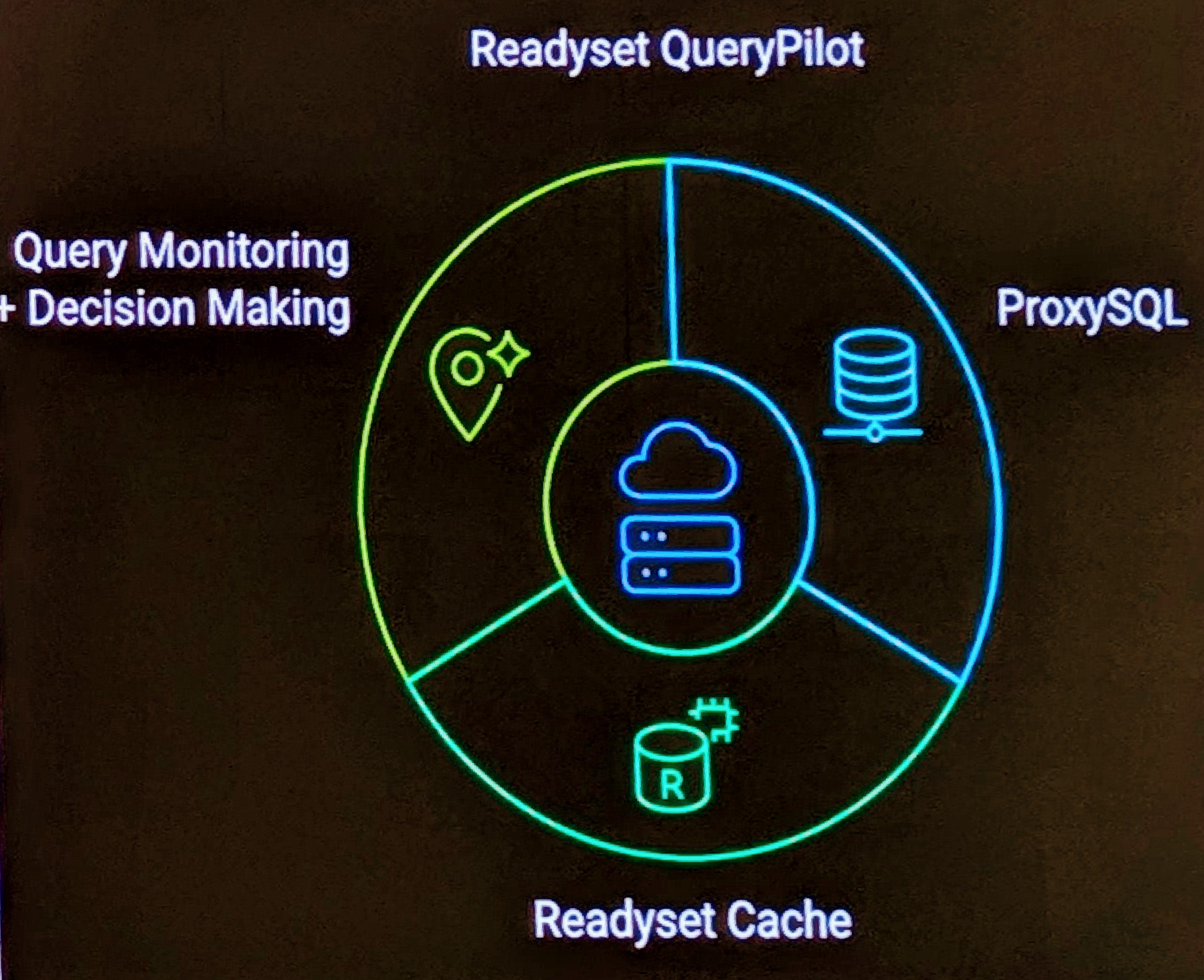Every website page content uses two basic elements, HyperText Markup Language (HTML) and Cascading Style Sheets (CSS) . Each of these has various standards, HTML has versions such as 3.2, 4.0, 4.01, and the new XHTML 1.0,1.1, 2.0 along with various version flavors know as strict, transitional & frameset. CSS also has various versions including 1, 2 and 3.
Each browser renders your combined HTML & CSS differently. The look and feel can vary between FireFox , Safari , Chrome , Internet Explorer and the more less common browsers. Indeed each version of a product also renders different. With IE 8 just being released, it’s common versions now are 5.0, 5.5, 6.0 and 7.0. This product alone now has 5 versions that UI designers must test and verify.
To minimize presentation and rendering problems, adhering to the standards can only assist, and greatly benefit the majority of entrepreneurs, designers and developers that are not dedicated resources. There are two excellent online tools from the standards body, the World Wide Web Consortium (W3C) that an easily assist you.
You can also link directly to these sites, so it’s easier to validate your HTML and CSS directly from your relevant webpage. For example, HTML Validation and CSS .
It’s not always possible to meet the standards, and when you are not the full-time developer of your site, it can be time consuming if you don’t check early and regularly.


